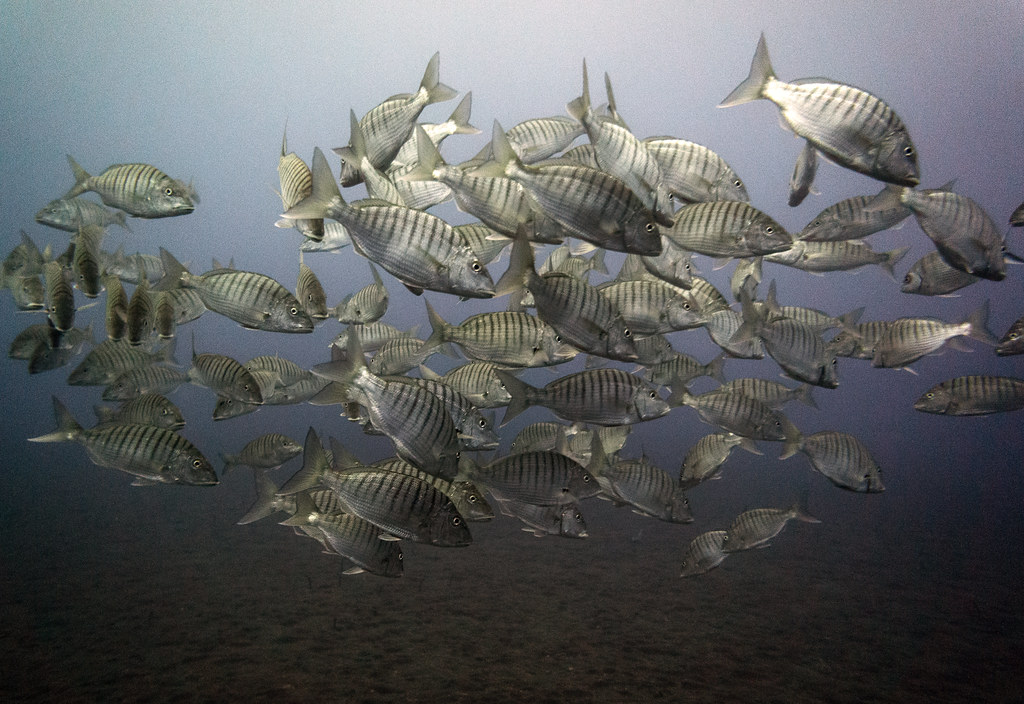Diving into copyright laws and resources such as Creative Commons has been eye opening! Through this I have learned how to not only find images and resources that are shared for use but how to attribute them correctly.
What was of most interest was the Fair Dealing guidelines website http://www.fairdealingdecisiontool.ca/fdg/default.aspx
I had no previous knowledge about how resources can and cannot be used while teaching. From reading this I learned that:
In teaching in a not for profit education institution I can communicate and reproduce, in paper or electronic form, short excerpts from a copyright-protected work for the purposes of teaching. That a short except must be 10% or less of the copyrighted work, 1 chapter, or an artistic work, a newspaper article, or poem or an entry in a reference such as an encyclopedia. The source needs to be mentioned with the author or creators name. I can give a single copy of the short excerpt to each student as a handout, or online as long as it is password protected or in a course pack. I cannot charge anything for this information except what is cost to copy it.
I CANNOT copy anything that is an consumable such as worksheets.
I also learned that these rules apply to online learning.
http://www.fairdealingdecisiontool.ca/fdg/default.aspx
Creative Commons:
I am learning to use the attributions to photos obtained by creative commons.
This image was marked with a CC BY-NC-ND 2.0 license. To use it I must: credit the creator, not use it for commercial uses and no derivatives or adaptations are permitted.

“nature” by barnyz is licensed under CC BY-NC-ND 2.0
This image below on the other hand has been marked “public domain”. Which means it can be used in any way. You dont have to credit the photographer.

“Natural Reserve Vendicari Noto Sicilia Italy – Creative Commons by gnuckx” by gnuckx is marked with CC0 1.0
This photo This image was marked with a CC BY-ND 2.0 license. That means I need to credit the creator and that no derivatives or adaptations permitted.

“Diving Garajau Nature Reserve Madeira Funchal” by Mal B is licensed under CC BY-ND 2.0
Feature image attribution: “Copyright” by Skley is licensed under CC BY-ND 2.0
3 Responses
jaimem
Hey Erin!
I appreciated how in-depth you went into the very specific rules for using copyrighted material in teaching. I can’t lie, I am feeling quite overwhelmed at the moment learning all of these rules which I had no idea about! Your examples of photos with different licensing is also a really great learning tool for me – you explained it in such a simple way that is very understandable!
gpaulson
Jaime took my comment. Your explanation of how to attribute photos and what the licenses mean was super helpful, even after I read the same article as you — great job! I, too, was surprised at what materials can and can’t be used in the classroom. It makes me think about all the work sheets I’ve seen taken directly from the web.
robynj
Erin, these examples are so helpful to illustrate exactly what different licenses look like! I was also really interest in the Fair Dealing guidelines and what exactly we can share as educators. There’s a ton of helpful information on the link you shared, thank you!